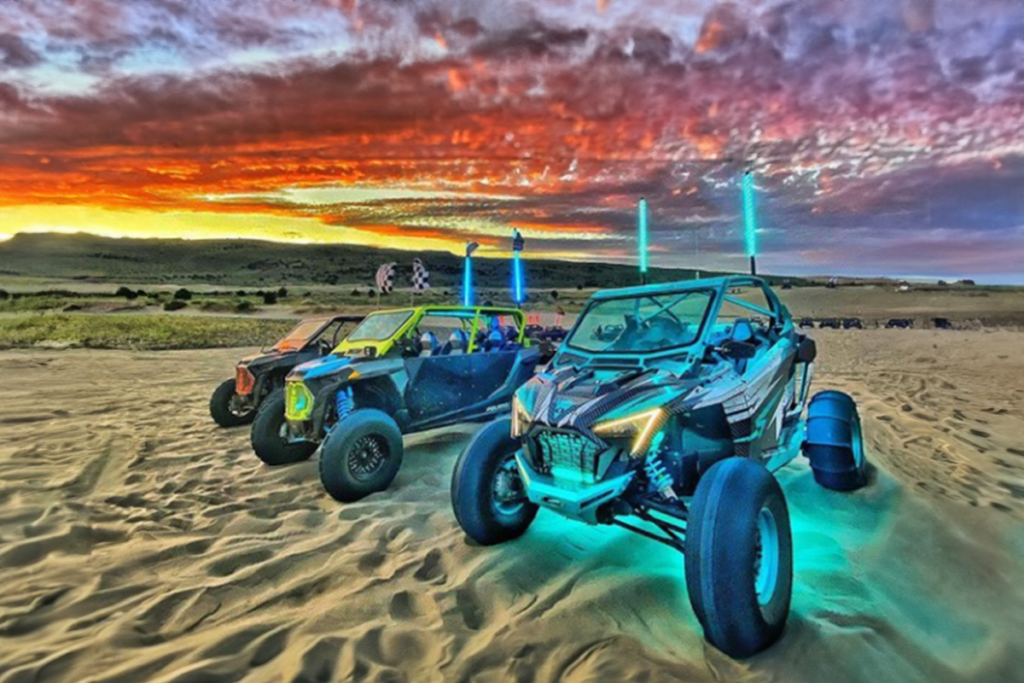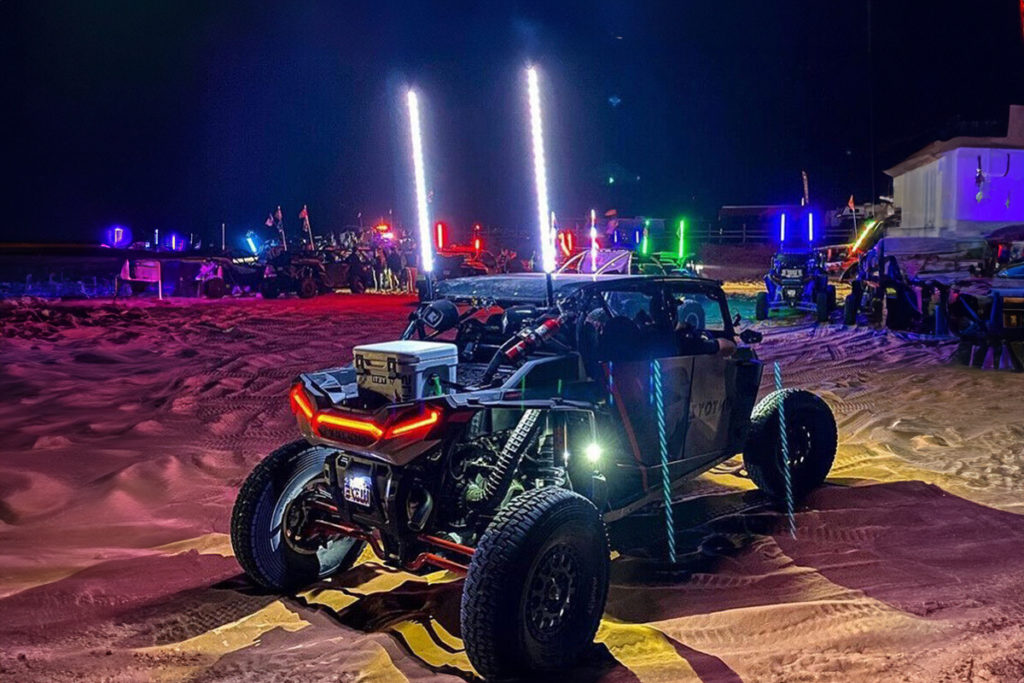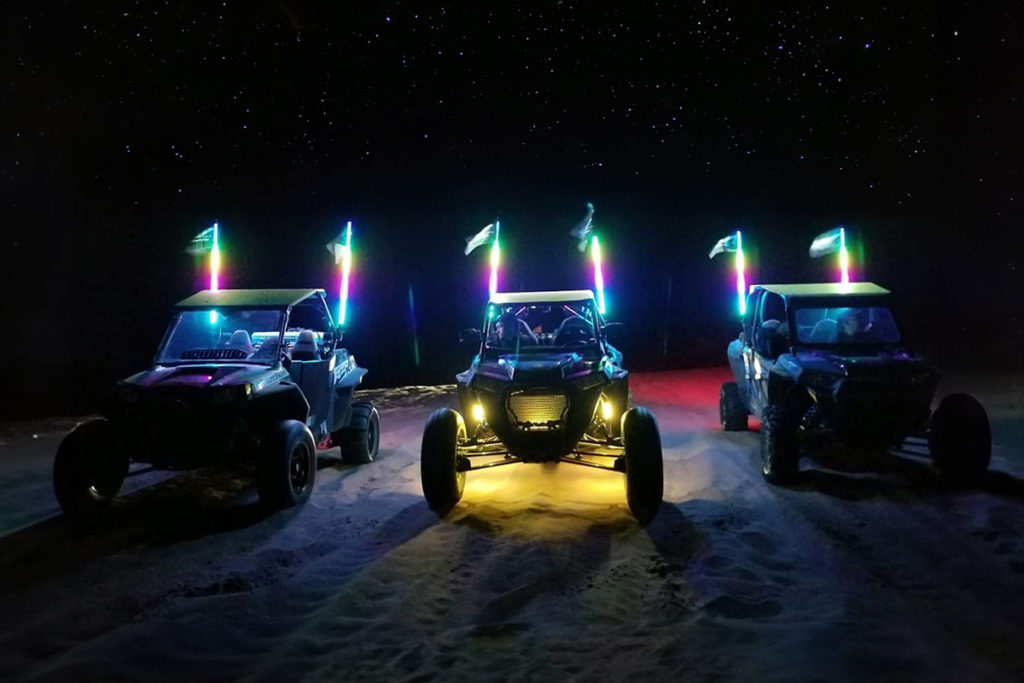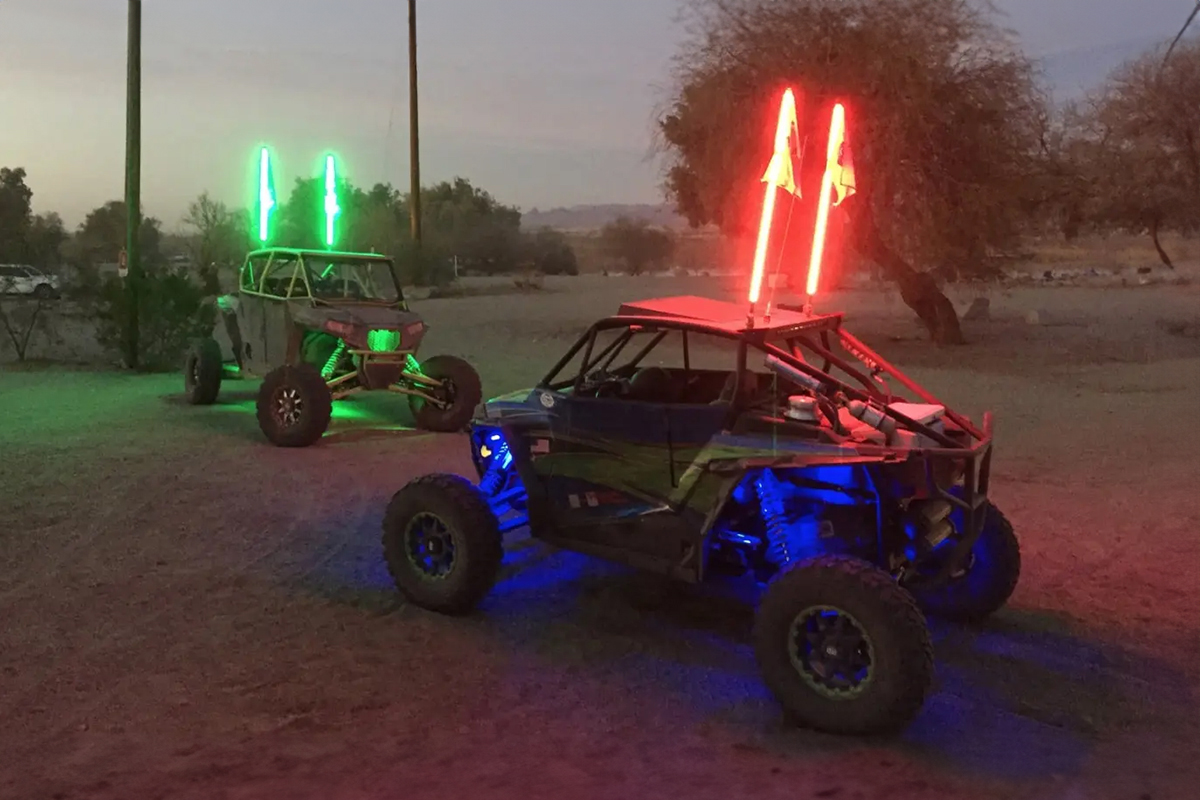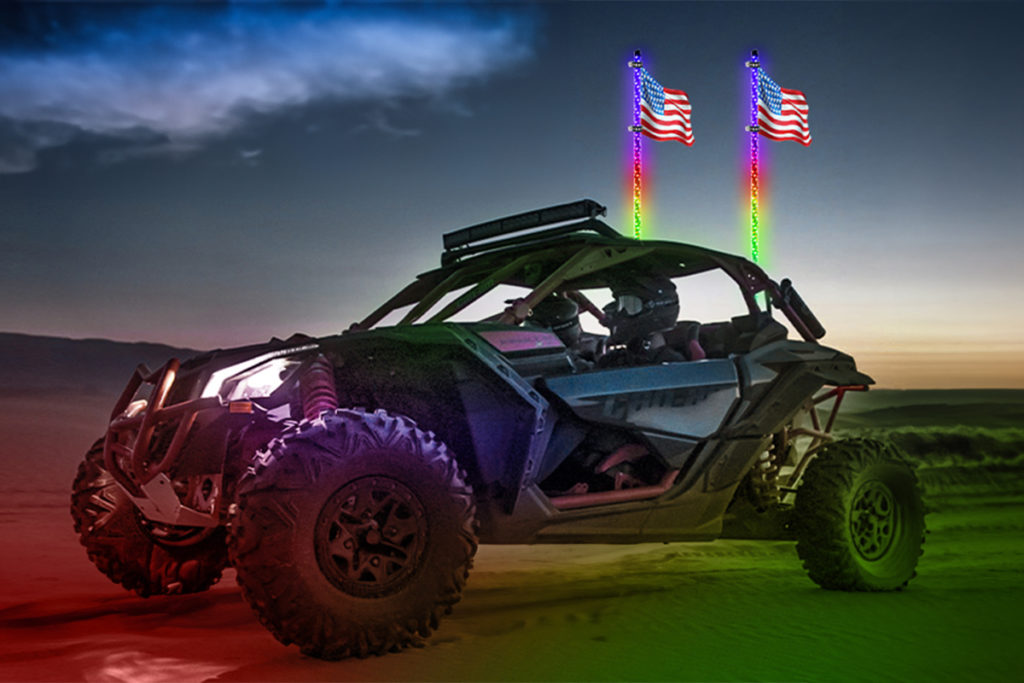
Why do X3 belts break? The primary reason X3 belts break is excessive heat.
Buy the right belt with our buying guide on finding your Can-Am X3 belt
It’s a question that haunts many a side-by-side enthusiast. The Can-Am X3 is a fine machine, built for speed and adventure, but it seems that no matter how well you treat it, the belt just won’t keep up. So what gives?
Well, let’s start with the basics. The X3 drive belt, also known as a CVT belt, is a crucial component of the machine’s clutch system. It transfers power from the engine to the transmission, and if it fails, you’re stuck on the trail. It’s a part that sees a lot of stress, especially in high-speed situations, so it’s no surprise that it can wear out over time.
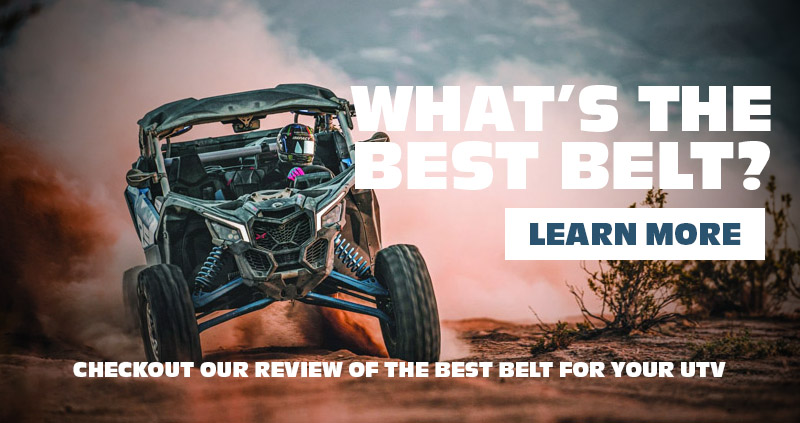
See our recommendations for the absolute best Can-Am CVT Belts!
But why does it wear out so quickly? There are a few factors at play. First and foremost, the clutch itself can put a lot of strain on the belt. The primary clutch, which is connected to the engine, grips the belt and spins it around. The secondary clutch, on the other end of the belt, controls the speed of the machine. When you’re going fast, the belt is working hard to keep up, and it can get worn down quickly.
Another factor is heat. When the belt gets too hot, it can start to glaze over, which means the surface becomes smooth and glassy. This reduces the belt’s width and can lead to slippage, which puts even more stress on the clutch system. To keep the belt cool, it’s important to make sure there’s plenty of airflow around the clutch. Some models have built-in vents, but if yours doesn’t, you may want to consider adding some.
Finally, it’s worth noting that not all belts are created equal. A new belt may be more resistant to failure than an old one that’s been through a lot of abuse. If you’re experiencing frequent belt failure, it may be time to invest in a higher-quality belt that can stand up to the rigors of high-speed riding.
In conclusion, belt failure is a common issue among Can-Am X3 owners, but there are steps you can take to extend your belt’s life. Keep your clutch system in good working order, make sure the belt stays cool and well-ventilated, and consider upgrading to a higher-quality belt if necessary. With a little care and attention, you can keep your X3 running smoothly for years to come.
Related Questions About Can-Am X3 Drive Belts
Can I Replace a Can-Am Drive Belt Myself?
Yes, you can it ain’t rocket surgery. You can swap out a Can-Am drive belt yourself. No need to fork over your hard-earned cash to a mechanic. Just grab your tools and get to work.
How Do I Know My Can-Am Maverick CVT Belt Is Worn?
One of the most common injuries that X3 riders face is a worn-out drive belt. You check for glassy sides of the belts. Also, sluggish acceleration or jumping suddenly can be a sign of a worn belt
How Long do Can-Am X3 drive belts last?
When it comes to the Can-Am Maverick X3, one question that always seems to be on people’s minds is just how long that drive belt can hold out. Will it last you for hundreds of miles of trail riding, or is it more likely to give out on you just when you’re starting to hit your stride?
Why do X3 belts break?
X3 belt breakage can be attributed to several reasons, including overloading, harsh riding conditions, poor maintenance, or manufacturing defects. Overloading the vehicle or carrying excessive weight can strain the belt, causing it to fail. Similarly, riding in harsh conditions like extreme heat or dust can accelerate belt wear and reduce its lifespan. Lack of maintenance, such as not keeping the belt clean or ignoring signs of wear, can also lead to belt breakage. In rare cases, manufacturing defects may cause premature belt failure.
What does a failing drive belt sound like?
X3 belt breakage is a problem that can have several culprits. It could be due to overloading the vehicle with too much weight or putting it through the wringer in harsh riding conditions. Riding in extreme heat or thick clouds of dust can speed up the wear and tear on the belt, causing it to fail sooner. Neglecting to keep the belt clean or ignoring warning signs of wear and tear can also lead to breakage. And, in some rare instances, defects in the manufacturing process may cause the belt to fail before its time.
How do you break in a new X3 belt?
If you want to keep that X3 of yours runnin’ smooth and strong, you gotta give that belt the break-in it deserves. Don’t go slammin’ down the pedal and expect everything to work like a charm. No, sir. Take it easy for the first 5 to 10 miles, keep it in low gear if you got it, and vary them speeds. If you ain’t got low gear, take it moderate for 50 miles. And don’t forget, it ain’t just about the miles. Keep them engine RPMs low and steady, and you’ll be good to go.
Why do my belts keep ripping?
Why do my Can-Am drive belts keep ripping? Well, it could be due to overloading the vehicle or carrying too much weight, harsh riding conditions such as extreme heat or dust, poor maintenance, or even manufacturing defects. Take good care of your belt and avoid straining it, and you’ll have fewer problems.
How much does it cost to get a drive belt replaced?
If you’re handy enough, you can replace your X3 drive belt for less than two hundred bucks. Just grab a new belt for around 150 and some tools, if you don’t already have some, for 30 bucks, and you’re good to go.
Should you wash a Can-Am CVT belt?
Washing a new drive belt before installation is a hotly debated topic. But if you insist on giving it a bath, use warm, soapy water and let it air dry before you slap it on.
Are Can-Am X3 belts directional?
New belts don’t give a damn about direction, but used ones sure do. Directional arrows on some belts are just a reminder to put it back on the same way if you ever take it off. To prolong your belt’s life, it’s wise to always run it in the same direction.
Can you drive with a worn Can-Am drive belt?
Can you drive with a worn Can-Am drive belt? Well, you can, but it’s like walking around with a ticking time bomb in your pocket. You never know when it’s going to go off and leave you stranded in the middle of nowhere. So, if you value your time and sanity, it’s best to replace that worn belt before it’s too late.
What happens if you don’t change your Can-Am drive belt?
Well, friend, if you don’t change your Can-Am drive belt, you’ll eventually find yourself stranded in the middle of nowhere with a busted belt and a sour mood. A worn-out belt can break unexpectedly, leaving you high and dry on the trail or in the field. Not to mention, a damaged belt can cause other issues with your vehicle’s performance, leading to costly repairs down the road. So, don’t be a fool – keep that drive belt fresh and enjoy your ride without any unnecessary headaches.
Will a broken Can-Am drive belt destroy my engine?
No, it won’t destroy your engine. The rev limiter will kick in and you may get a light on your dash. Just shut her down and clean out the old drive belt and replace it with a new belt. Disconnect the battery to clear the dash light then reconnect it and get on with your day.
Can you spray wd40 on X3 belt?
Don’t do that WD40 is a lubricant and your UTVs drive belt works with friction applied to the belt. A lubricant reduces friction and would defeat the purpose of the belt.










